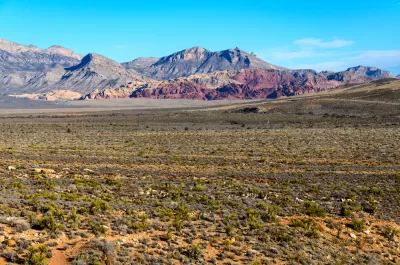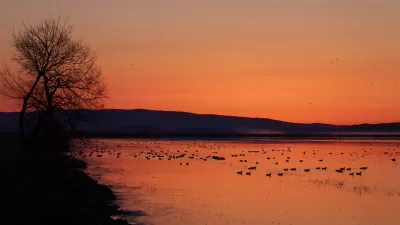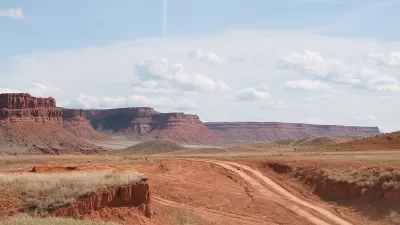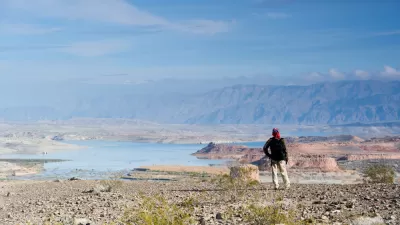The Biden administration released its preliminary report on a plan to conserve 30 percent of the nation's lands and waters by 2030, one big, ambitious component of the administration's climate plans.

The goal, included in a January 27, 2021 executive order laying out the administration's agenda on climate change, was further explained this week with the release of the 22-page "America the Beautiful" report prepared by the departments of Commerce, Interior, and Agriculture. The document "laid out broad principles — but few details — for achieving that vision," according to the article.
Kaplan and Eilperin report the details offered in a press call with White House National Climate Adviser Gina McCarthy, who describes the effort as the first national conservation goal set by the United States.
However, most of the article focuses on the report's lack of specific plans. According to the article, "the new report doesn’t identify specific places for enhanced protection, define what level of conservation would be required for an area to count toward the administration’s 30 percent goal or indicate how much federal funding would be needed to make Biden’s vision a reality."
As noted in the article, some of that ambiguity is by design. "Some environmentalists said that it would be impractical to make that assessment at this point, and that it will take time to muster the kind of grass-roots support needed to achieve such a sweeping conservation goal," write Kaplan and Eilperin.
FULL STORY: A narrow path for Biden’s ambitious land conservation plan

Alabama: Trump Terminates Settlements for Black Communities Harmed By Raw Sewage
Trump deemed the landmark civil rights agreement “illegal DEI and environmental justice policy.”

Planetizen Federal Action Tracker
A weekly monitor of how Trump’s orders and actions are impacting planners and planning in America.

Why Should We Subsidize Public Transportation?
Many public transit agencies face financial stress due to rising costs, declining fare revenue, and declining subsidies. Transit advocates must provide a strong business case for increasing public transit funding.

Understanding Road Diets
An explainer from Momentum highlights the advantages of reducing vehicle lanes in favor of more bike, transit, and pedestrian infrastructure.

New California Law Regulates Warehouse Pollution
A new law tightens building and emissions regulations for large distribution warehouses to mitigate air pollution and traffic in surrounding communities.

Phoenix Announces Opening Date for Light Rail Extension
The South Central extension will connect South Phoenix to downtown and other major hubs starting on June 7.
Urban Design for Planners 1: Software Tools
This six-course series explores essential urban design concepts using open source software and equips planners with the tools they need to participate fully in the urban design process.
Planning for Universal Design
Learn the tools for implementing Universal Design in planning regulations.
Caltrans
Smith Gee Studio
Institute for Housing and Urban Development Studies (IHS)
City of Grandview
Harvard GSD Executive Education
Toledo-Lucas County Plan Commissions
Salt Lake City
NYU Wagner Graduate School of Public Service





























